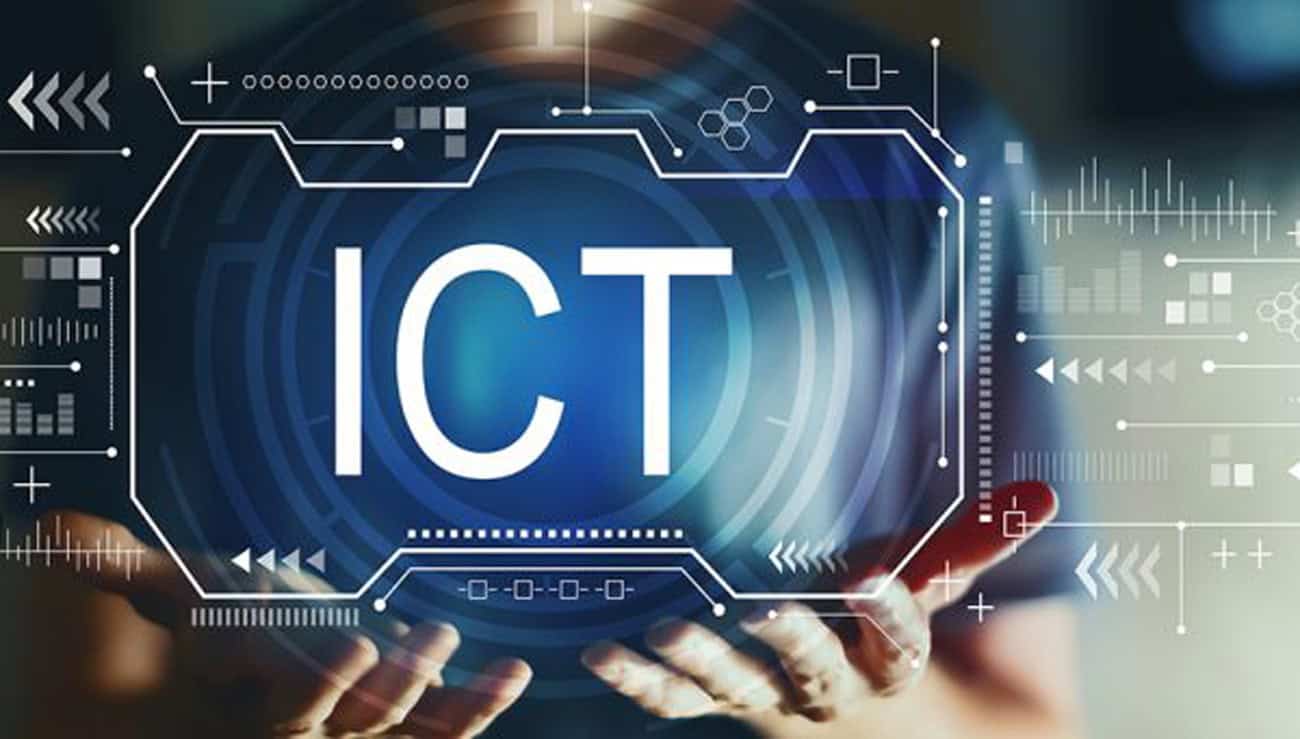Research on ICT Board Integration in School Education: Transforming the Classroom Experience
The integration of Information and Communication Technology (ICT) in education has become one of the most impactful developments in the 21st century. In particular, ICT boards, also known as interactive whiteboards (IWBs), are revolutionizing traditional classrooms by bridging the gap between traditional teaching methods and modern, tech-savvy learning environments. These boards enable educators to present lessons in dynamic ways, foster student engagement, and enhance learning outcomes.
The Role of ICT Boards in Modern Classrooms
The shift from traditional blackboards to ICT boards has been transformative. An ICT board is a digital screen that can display content from a computer, enabling interactive lessons that combine text, images, videos, and sound. Teachers can engage students with multimedia resources, interactive exercises, and real-time assessments, making the learning experience more engaging and effective.
According to a study conducted by EdTech Magazine, schools that have adopted ICT boards report a noticeable increase in student motivation and participation. The use of multimedia tools and real-time feedback helps cater to diverse learning styles, enhancing overall student engagement and retention of information.
“Technology will never replace great teachers, but technology in the hands of great teachers can be transformational.” – George Couros. ICT boards empower educators to use technology to enrich their lessons, making education more relevant and engaging for today’s learners.
Benefits of ICT Board Integration
- Interactive Learning: One of the main advantages of ICT board integration is the level of interactivity it brings to the classroom. Students can actively participate in lessons, engage with content, and contribute to discussions through the use of interactive tools. For instance, students can draw, write, or manipulate digital content directly on the screen, allowing for a hands-on approach to learning.
- Enhanced Collaboration: ICT boards facilitate collaboration among students, enabling them to work together on projects or assignments, whether in person or through digital platforms. Students can share their ideas, resources, and solutions on the board, creating a more collaborative learning environment. This kind of teamwork promotes problem-solving and critical thinking.
- Personalized Learning: With ICT boards, teachers can easily adapt lessons to meet the needs of individual students. For instance, visual learners can benefit from the inclusion of videos, animations, and infographics, while auditory learners can engage with podcasts or recorded lectures. The flexibility of ICT boards allows for diverse teaching strategies that accommodate different learning preferences.
- Real-Time Feedback and Assessment: ICT boards enable teachers to assess student understanding instantly. With tools like quizzes, polls, and interactive games, educators can gauge student progress and adjust their teaching strategies accordingly. This instant feedback helps keep students on track and ensures that they are mastering the material before moving on.
Challenges and Considerations for ICT Board Integration
While the benefits are clear, integrating ICT boards into school education is not without challenges. The successful implementation of this technology requires investment in both hardware and software, as well as training for teachers to effectively use the tools. According to research by the International Society for Technology in Education (ISTE), the success of ICT integration depends on ongoing professional development for teachers and a supportive school culture that encourages the use of technology in the classroom.
Additionally, some schools may face issues such as inadequate internet access, outdated equipment, or lack of technical support. To ensure the effective use of ICT boards, schools need to invest in proper infrastructure, training, and maintenance.
The Future of ICT Board Integration in Education
Looking ahead, the role of ICT boards in education is set to grow. As technology continues to evolve, the integration of artificial intelligence (AI), augmented reality (AR), and virtual reality (VR) into interactive whiteboards will open new possibilities for immersive learning experiences. Students will be able to explore virtual worlds, conduct experiments in real-time, and collaborate with peers globally, all through their ICT boards.
As the world embraces digital transformation, it is essential for educators, schools, and governments to prioritize the integration of ICT boards into classrooms. By doing so, we can equip students with the skills they need to thrive in a technology-driven world while also enhancing the quality of education they receive.
Conclusion: Empowering the Classroom with Technology
The integration of ICT boards in school education is a game-changer, offering numerous benefits ranging from increased student engagement to enhanced collaboration and personalized learning. While challenges exist, with proper investment and training, the adoption of ICT boards can transform the way teachers teach and students learn. As we move forward, embracing technology in education will be key to preparing students for the future and ensuring that they are equipped with the knowledge and skills to succeed in a rapidly evolving world.
By prioritizing ICT integration, we are not just upgrading classrooms—we are empowering a new generation of learners to reach their full potential in an increasingly digital world.

